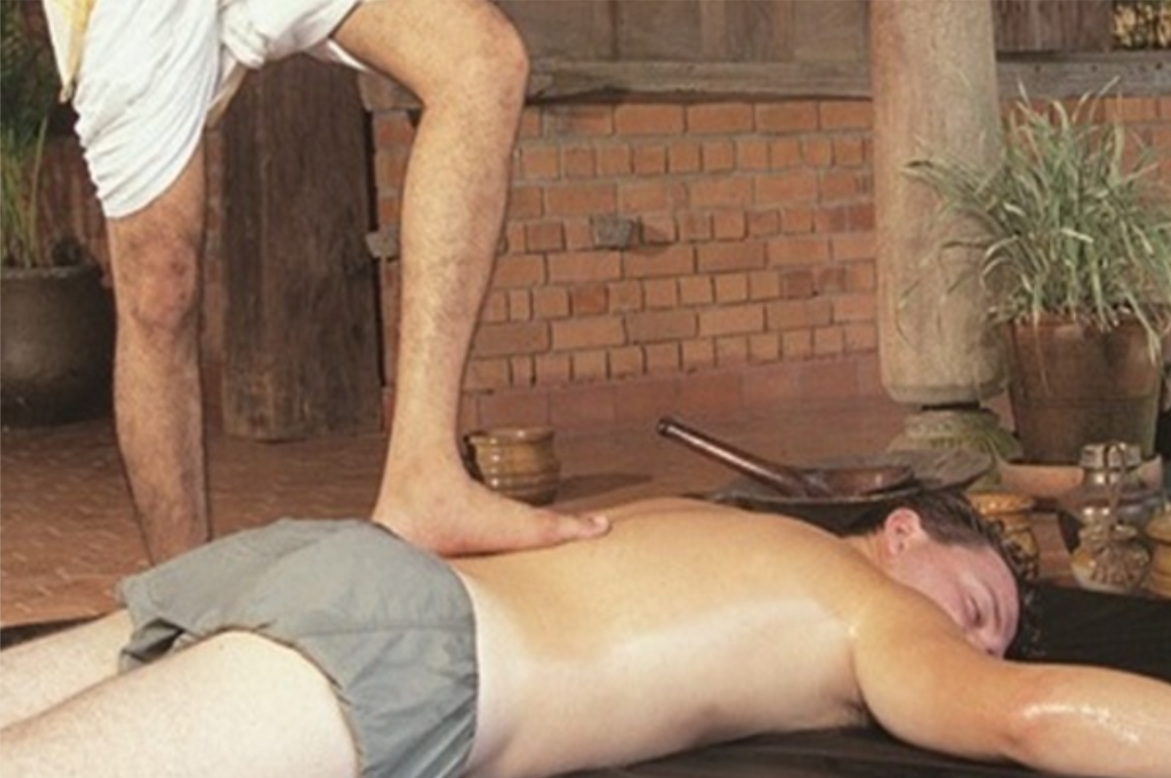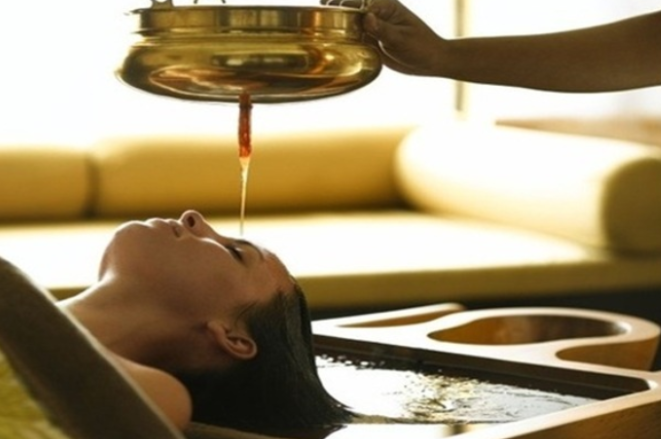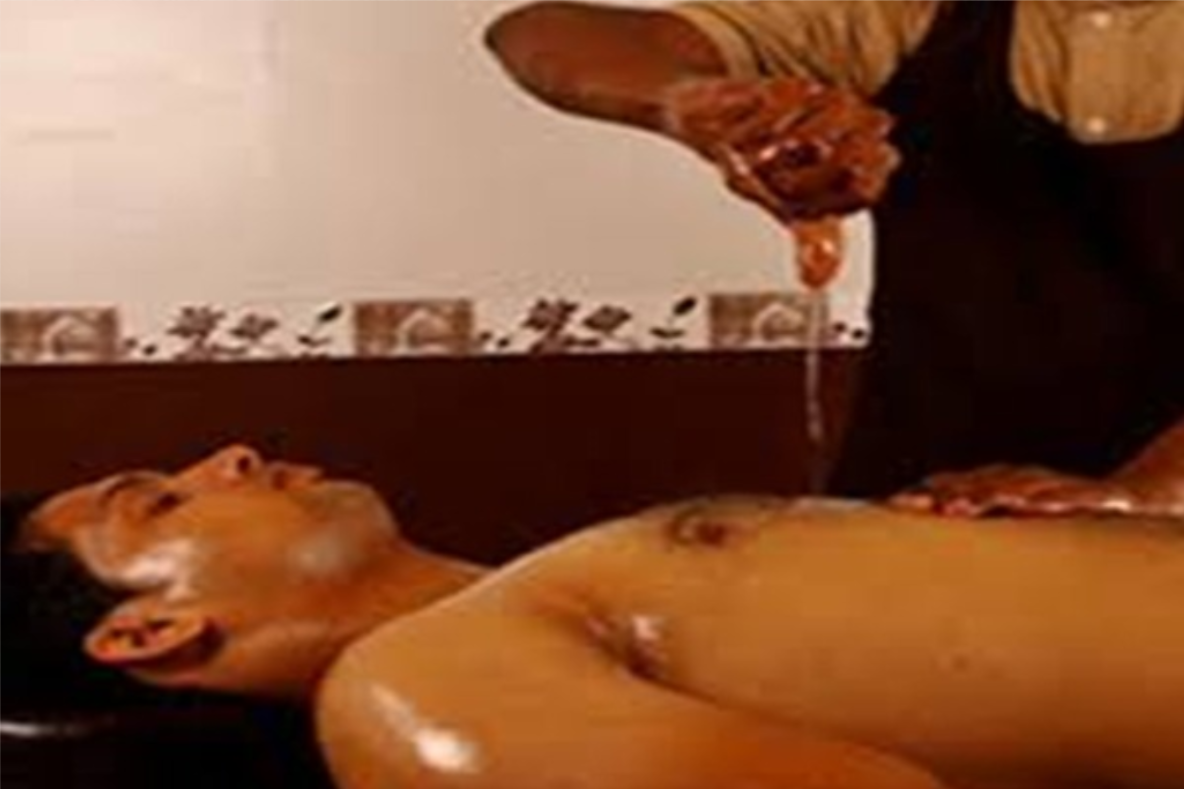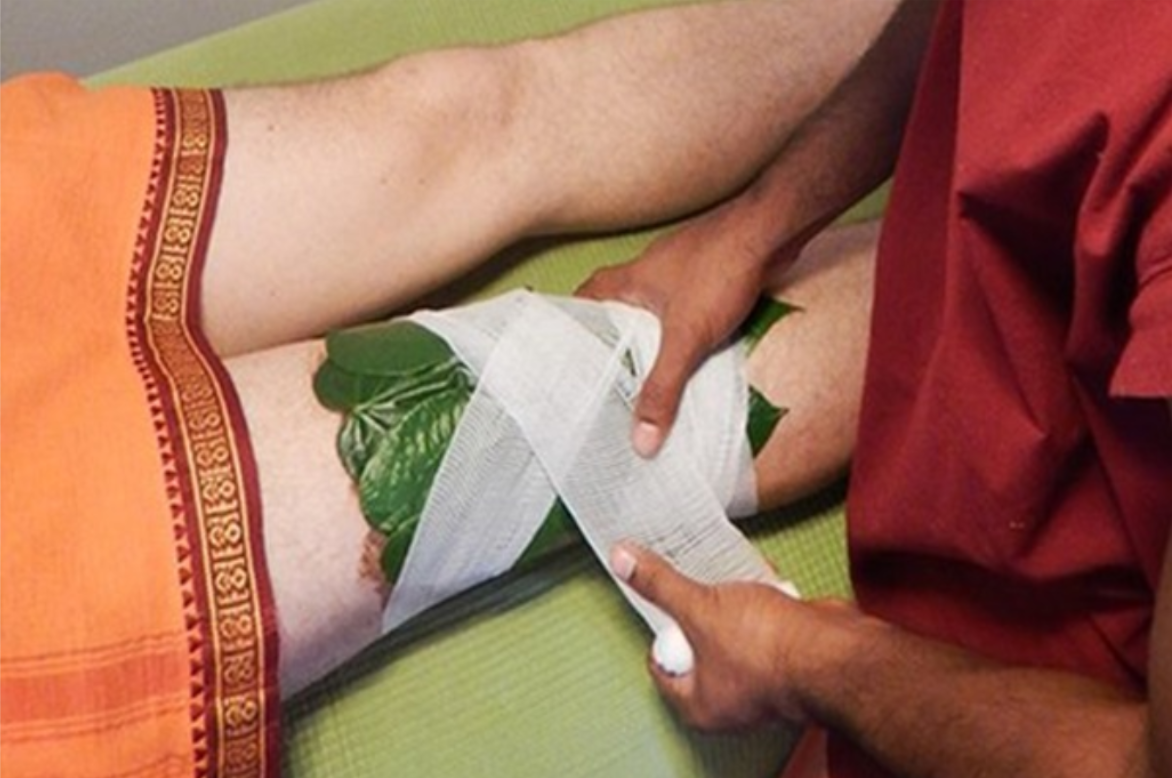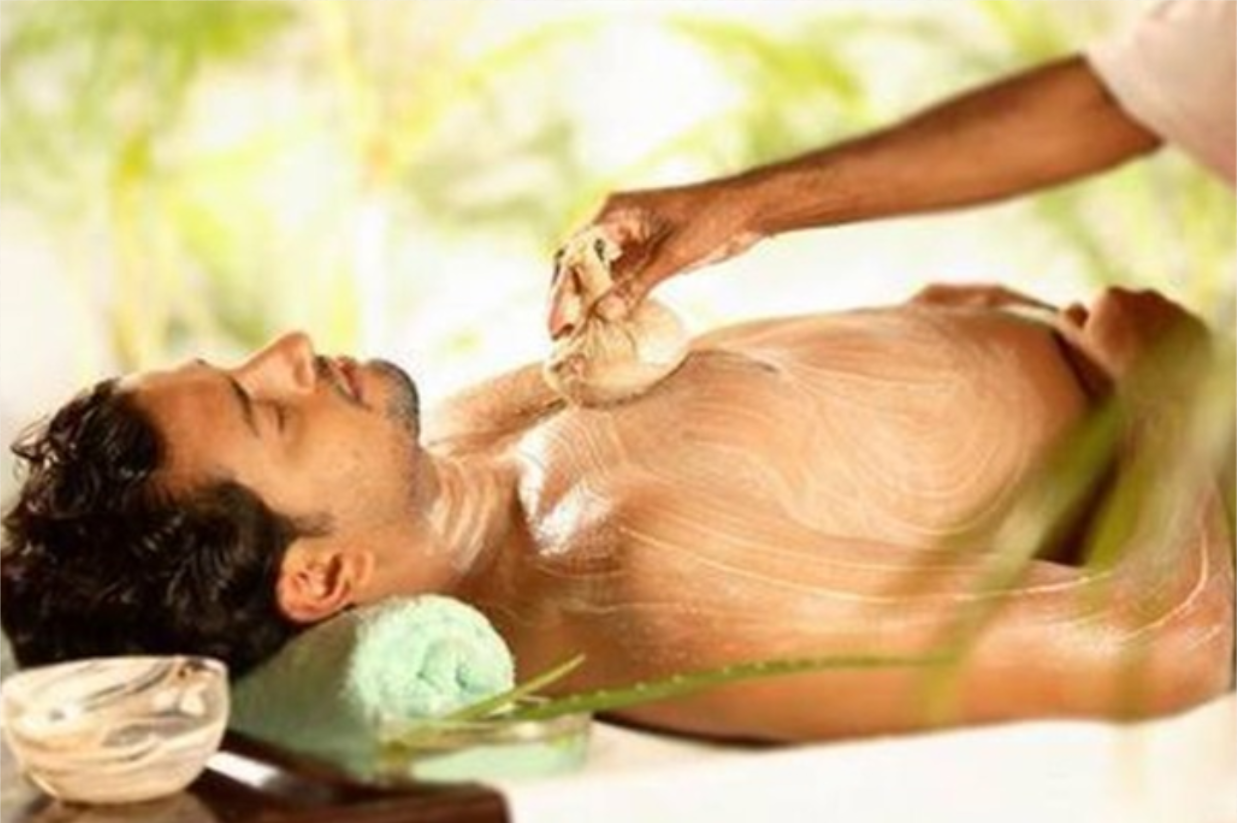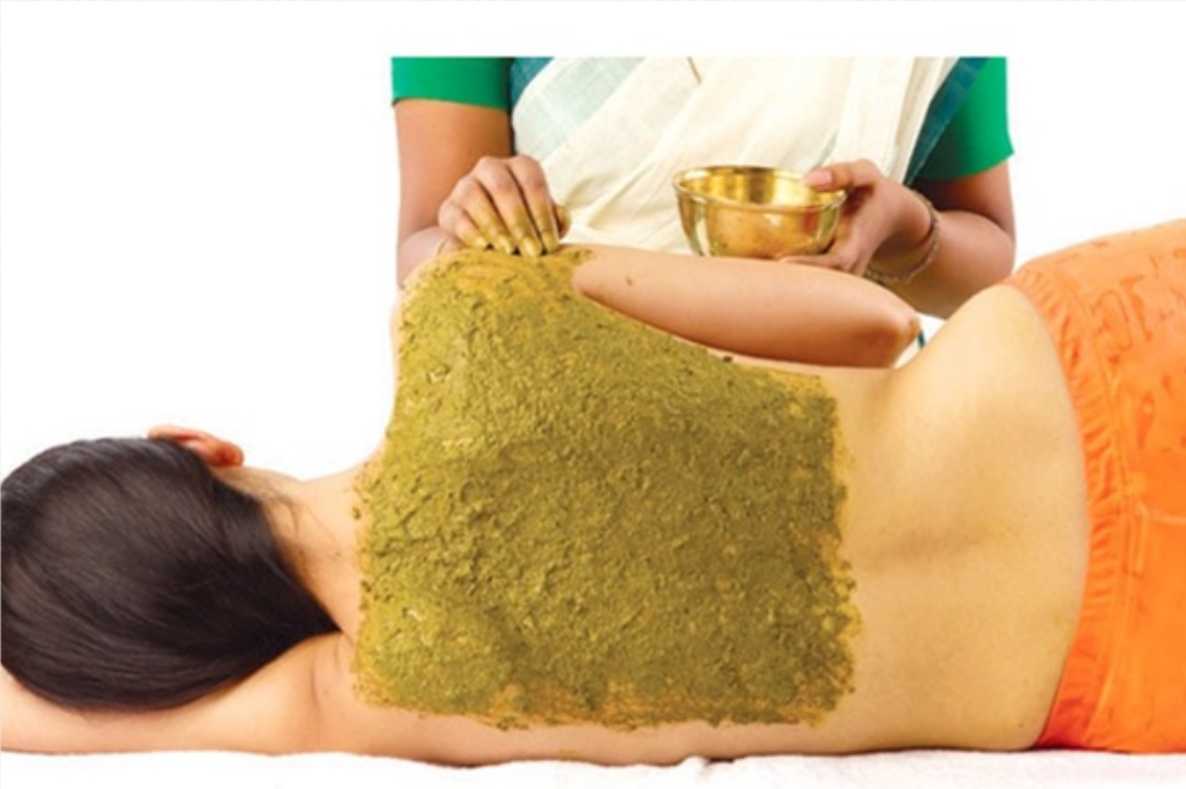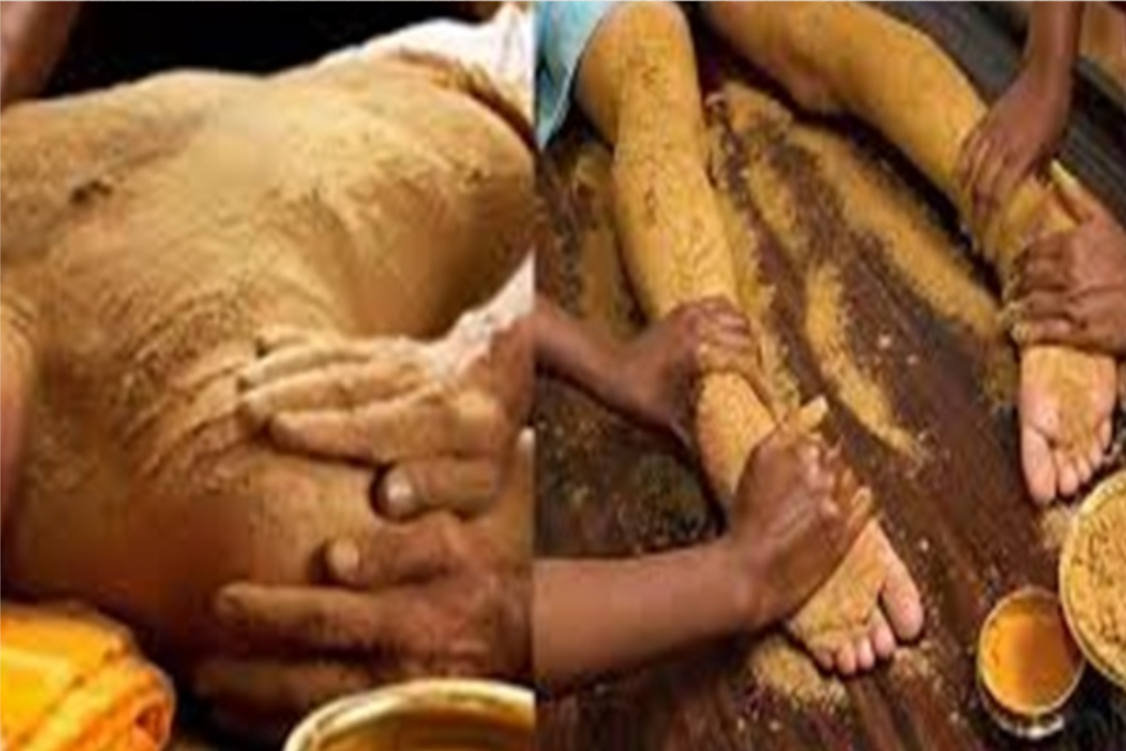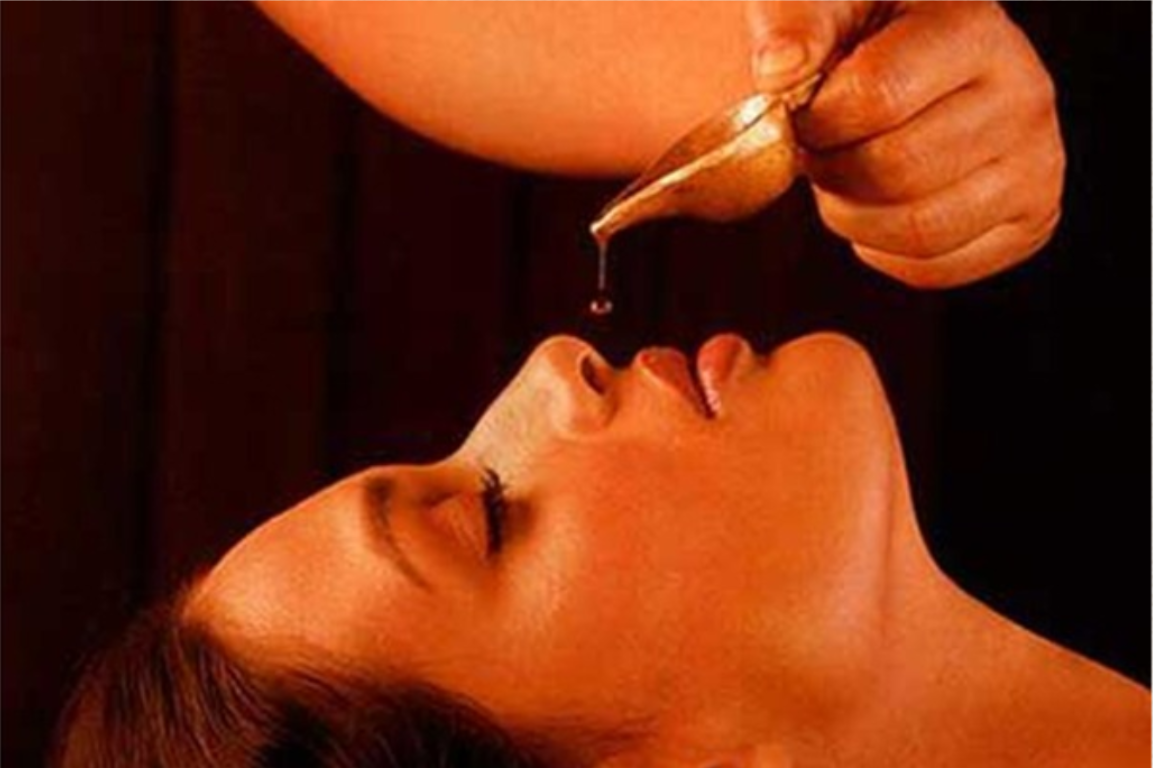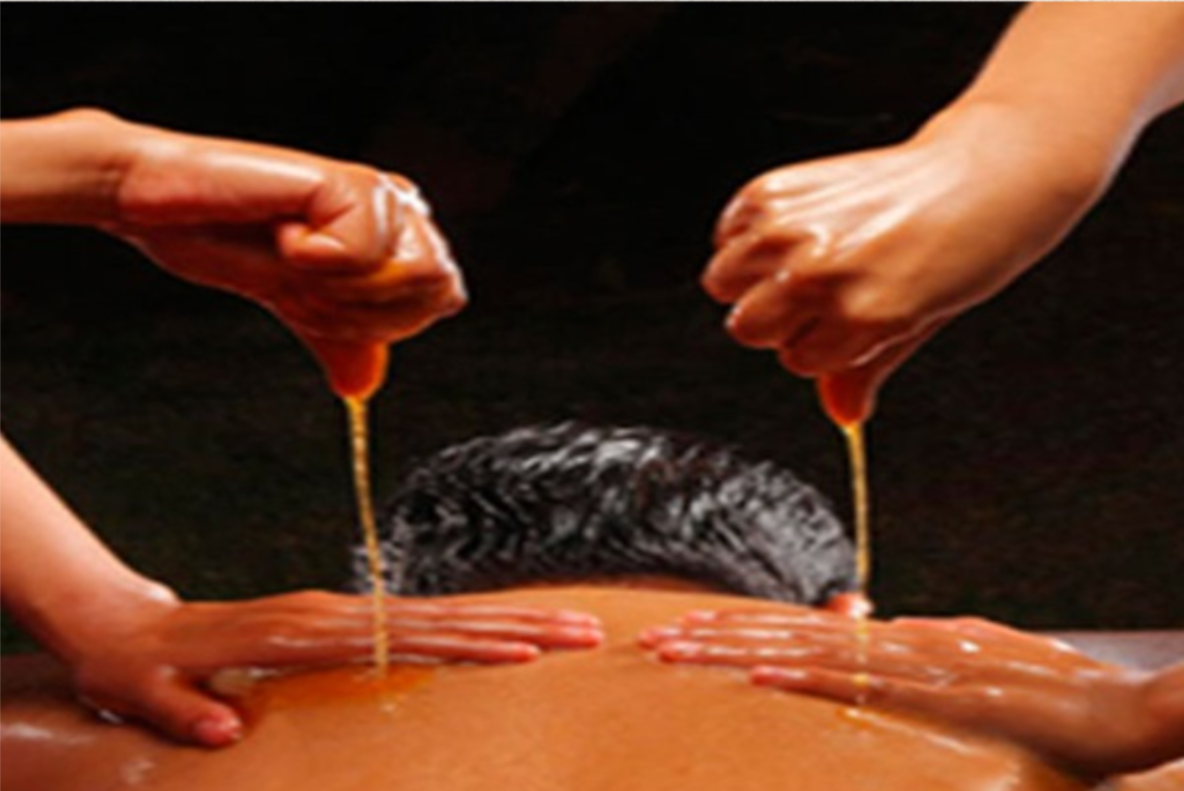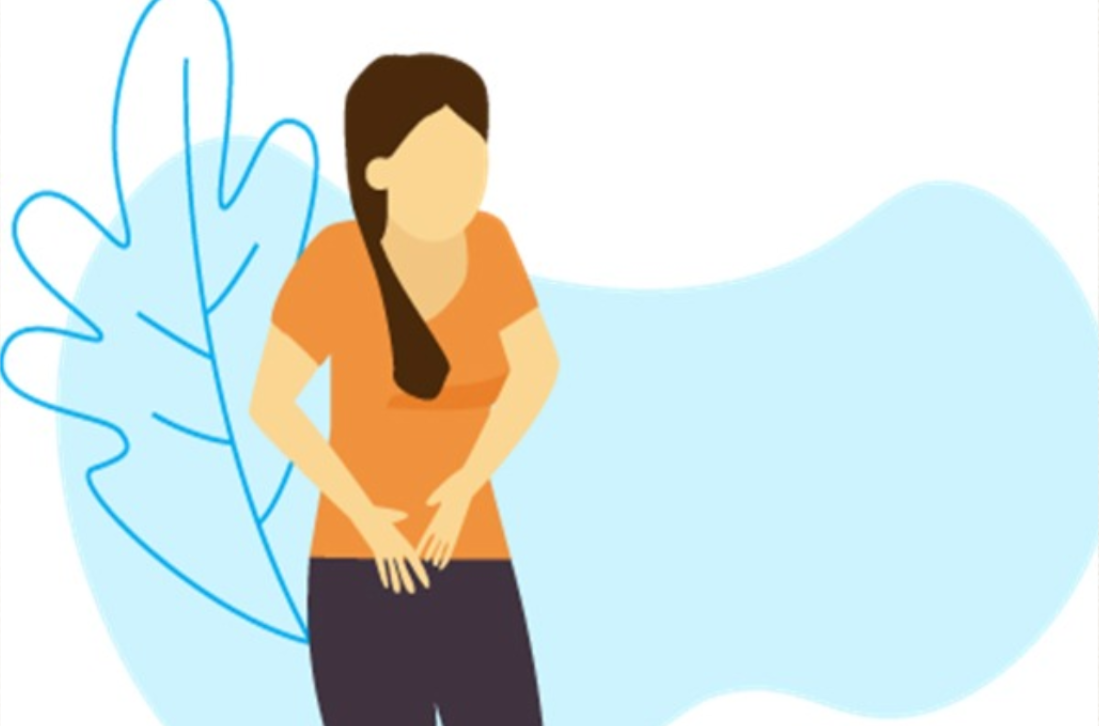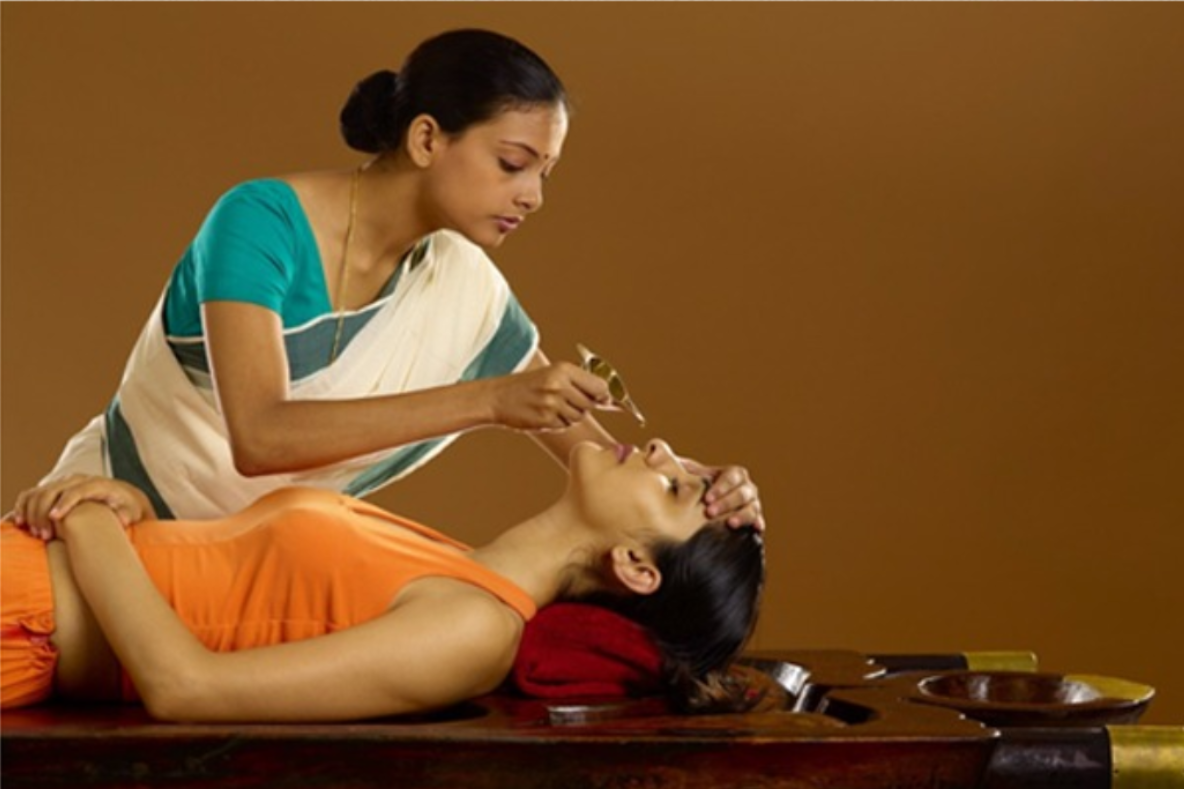
Ayurvedic Treatment for Neck Pain
(Abhyanga, Snehana, Swedana, Basti, Nasya)
Neck pain also known as cervical pain, is the general feeling of pain and discomfort in the vertebrae region. Pain can center in the neck, or can radiate out to other areas such as the arms. Pain can be minor or severe, and can last a short period and self-correct, or can be chronic (long-term). Neck issues can happen suddenly through an injury such as whiplash, or can develop slowly over time.
According to ayurveda vitiated vata predominately causes problems related to neck pain. Vata aggravation can lead to pain, altered sensation and stiffness on neck. The neck pain is commonly associated with dull aching and sometimes the pain is worsened with movement of the neck or turning of the head. Patients may also experience dizziness, numbness, tingling in their arms along with neck pain.
The first step in treating pain is to understand the underlying cause. Treatments are recommended according to the symptoms and as per the requirements.

